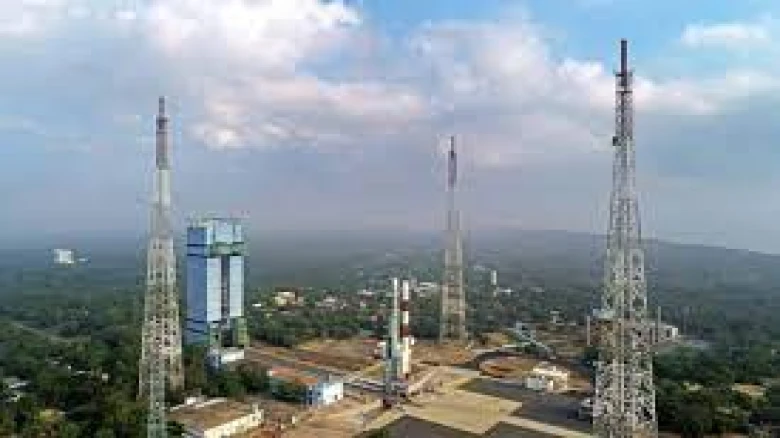Regional

With the launch of XPoSat, ISRO has achieved another significant milestone in addition to the Chandrayaan-3 and Aditya L1 missions.
Digital Desk: ISRO (Indian Space Research Organisation) successfully launched XPoSat (X-ray Polarimeter Satellite) on Monday (January 1, 2024), the first day of the new year. The liftoff took place from the Satish Dhawan Space Centre in Sriharikota, in the state of Andhra Pradesh in southern India. India is now the second nation after the United States to send an observatory into space to investigate neutron stars and black holes thanks to the successful launch of XpoSat.
With the launch of XPoSat, ISRO has achieved another significant milestone in addition to the Chandrayaan-3 and Aditya L1 missions.
"The first specifically designed scientific satellite from ISRO to do research in space-based polarization measurements of X-ray radiation from astronomical sources is called XPoSat (X-ray Polarimeter Satellite). Changes are made to the Satellite setup using the IMS-2 bus platform. The IRS satellite legacy is the basis for the mainframe systems' configuration. POLIX (Polarimeter Instrument in X-rays) and XSPECT (X-ray Spectroscopy and Timing) are its two payloads. Space Astronomy Group of URSC is responsible for XSPECT, while Raman Research Institute is responsible for POLIX," stated ISRO.
As per ISRO, these are the XPoSat mission objectives
About fifty cosmic sources will have their X-ray polarization measured by XPoSat. Thompson POLIX payload will measure scattering in the energy range of 8-30 keV.
XPoSat is designed to do long-term temporal and spectrum studies of cosmic X-ray sources. These measurements in the energy band of 8–15 keV will be performed by the XSPECT payload.
Using POLIX and XSPECT, it will also perform polarization and spectroscopic observations of X-ray emissions from space-based sources.
"A variety of astronomical objects, including pulsar wind nebulae, active galactic nuclei, neutron stars, and black holes, emit light through intricate physical processes that are difficult to comprehend. Astronomers still have significant hurdles in determining the precise nature of emission from these sources, despite the abundance of information provided by the spectroscopic and timing data provided by multiple space-based observatories stated ISRO.
Leave A Comment